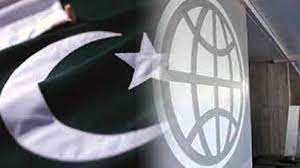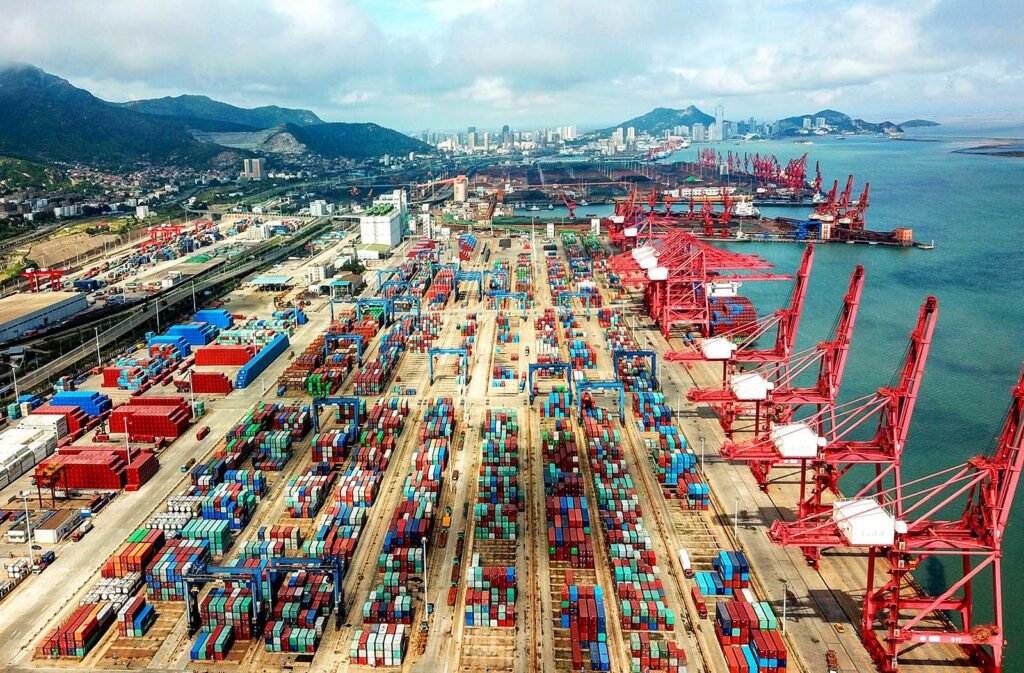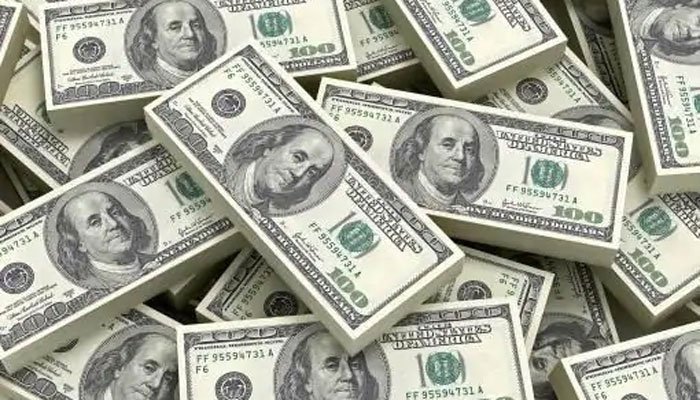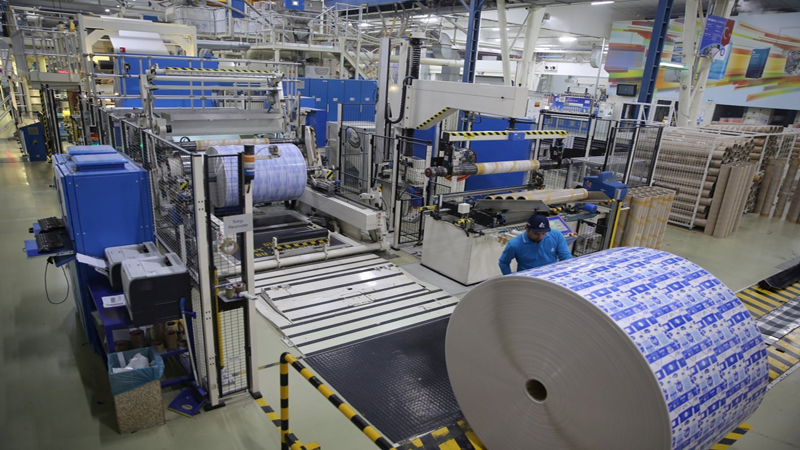Pakistan’s Economic Activities Are Rebounding, Inflation To Stay High: WB Report
Inflation is projected to edge up in FY22 with the domestic electricity tariff hikes announced in October 2021, and higher oil and commodity prices before moderating in FY23.

ISLAMABAD ( JAVED MAHMOOD )
Due to low base effects and recovering domestic demand, Pakistan’s real GDP growth (at factor cost) is estimated to have rebounded to 3.5 percent in FY21 from a contraction of 0.5 percent in FY20. With effective micro-lockdowns curbing the spread of the pandemic, record-high official remittance inflows, the expansion of the Government’s cash transfer program, and an accommodative monetary policy, private consumption and investment are both estimated to have strengthened during FY21, driving the economic recovery. Government consumption is also estimated to have risen, but at a slower pace than in FY20, when the COVID-19 fiscal stimulus package was rolled out. In contrast, net exports are estimated to have contracted in FY21, as imports growth almost doubled that of exports due to strong domestic demand.

The World Bank has pointed out these developments in its Pakistan Development Update FY21, released today. According to WB, both, the industry and services sectors are estimated to have expanded with the easing of mobility restrictions. On the production side, industrial activity is estimated to have bounced back after contracting for two consecutive years. Similarly, the services sector, which accounts for 60 percent of GDP, is estimated to have expanded, as generalized lockdown measures were increasingly lifted. In contrast, agriculture sector growth is expected to have slowed, partly due to an approximate decline of 30 percent in cotton production on account of adverse weather conditions.
Despite slowing to 8.9 percent in FY21 from 10.7 percent in FY20, headline consumer price inflation remained elevated – mostly because of high food inflation, which is likely to disproportionately impact poorer households that spend a larger share of their income on food than on non-food items. With the policy rate being held at 7.0 percent throughout FY21, real interest rates were negative, supporting the recovery. The current account deficit (CAD) narrowed from 1.7 percent of GDP in FY20 to 0.6 percent in FY21 as robust remittance inflows offset a wider trade deficit. Foreign direct investment decreased, while portfolio inflows increased with the issuance of USD2.5 billion Eurobonds. Overall, the balance of payments surplus was 1.9 percent of GDP in FY21. Gross official foreign exchange reserves rose to USD20.6 billion as of October 1, 2021, equivalent to 3.7 months of total imports.

After gaining ground against the U.S dollar in FY21, the Pakistani Rupee depreciated by 7.7 percent against the U.S. dollar in Q1 FY22 – partly due to pressures from the rising import bill. The fiscal deficit improved due to strong revenue growth In FY21, the fiscal deficit (excluding grants) narrowed to 7.3 percent of GDP from 8.1 percent in FY20, as revenue growth, underpinned by stronger domestic activity, outpaced higher expenditures. Public debt, including guaranteed debt, ticked down to 90.7 percent of GDP at end-June FY21 from 92.7 percent of GDP at end-June FY20.
Bolstered by the recovery in the industry and services sectors and resultant off-farm employment opportunities, and poverty incidence is expected to have declined to 4.8 percent in FY21 from 5.3 percent in FY20. However, this change is not statistically significant and downside risks arising from lockdown-induced disruptions to employment and high food inflation remain.

In line with the 25-basis point policy rate hike in September 2021, fiscal and monetary tightening are expected to resume in FY22, as the Government refocuses on mitigating emerging external pressures and managing long-standing fiscal challenges. Output growth is, therefore, projected to ease to 3.4 percent in FY22 but strengthen thereafter to 4.0 percent in FY23 with the implementation of key structural reforms, particularly those aimed at sustaining macroeconomic stability, increasing competitiveness and improving financial viability of the energy sector. Poverty is expected to continue declining, reaching 4.0 percent by FY23.
Inflation is projected to edge up in FY22 with the domestic electricity tariff hikes announced in October 2021, and higher oil and commodity prices before moderating in FY23.

The CAD is projected to widen to 2.5 percent of GDP in FY23 as imports expand with higher economic growth and oil prices. Exports are also expected to grow strongly after initially tapering in FY22, as tariff reform measures gain traction, supporting export competitiveness. In addition, the growth of official remittance inflows is expected to moderate after benefiting from a COVID-19-induced transition to formal channels in FY21.

Despite fiscal consolidation efforts, the deficit (excluding grants) is projected to remain high at 7.1 percent of GDP in FY22 and widen to 7.2 percent in FY23 due to pre-election spending. Implementation of critical revenue-enhancing reforms, particularly the harmonization of the General Sales Tax, will support a narrowing of the fiscal deficit over time. Public debt will remain elevated in the medium-term, as will Pakistan’s exposure to debt-related shocks. This outlook assumes that the IMF-EFF program will remain on-track.
Major downside risks include delays in and the stalling of the IMF-EFF program and the consequent external financing difficulties; exceedingly high domestic demand leading to unsustainable external pressures; more contagious COVID-19 strains requiring widespread lockdowns; and worsening regional and domestic security conditions, including those stemming from the situation in Afghanistan. All of these could delay critical structural reforms
